Belgian architect Vincent Van Duysen’s Low Countries home is perfectly balanced
A monolithic and modernist house clad in Grandina limestone near Ghent creates a tranquil atmosphere
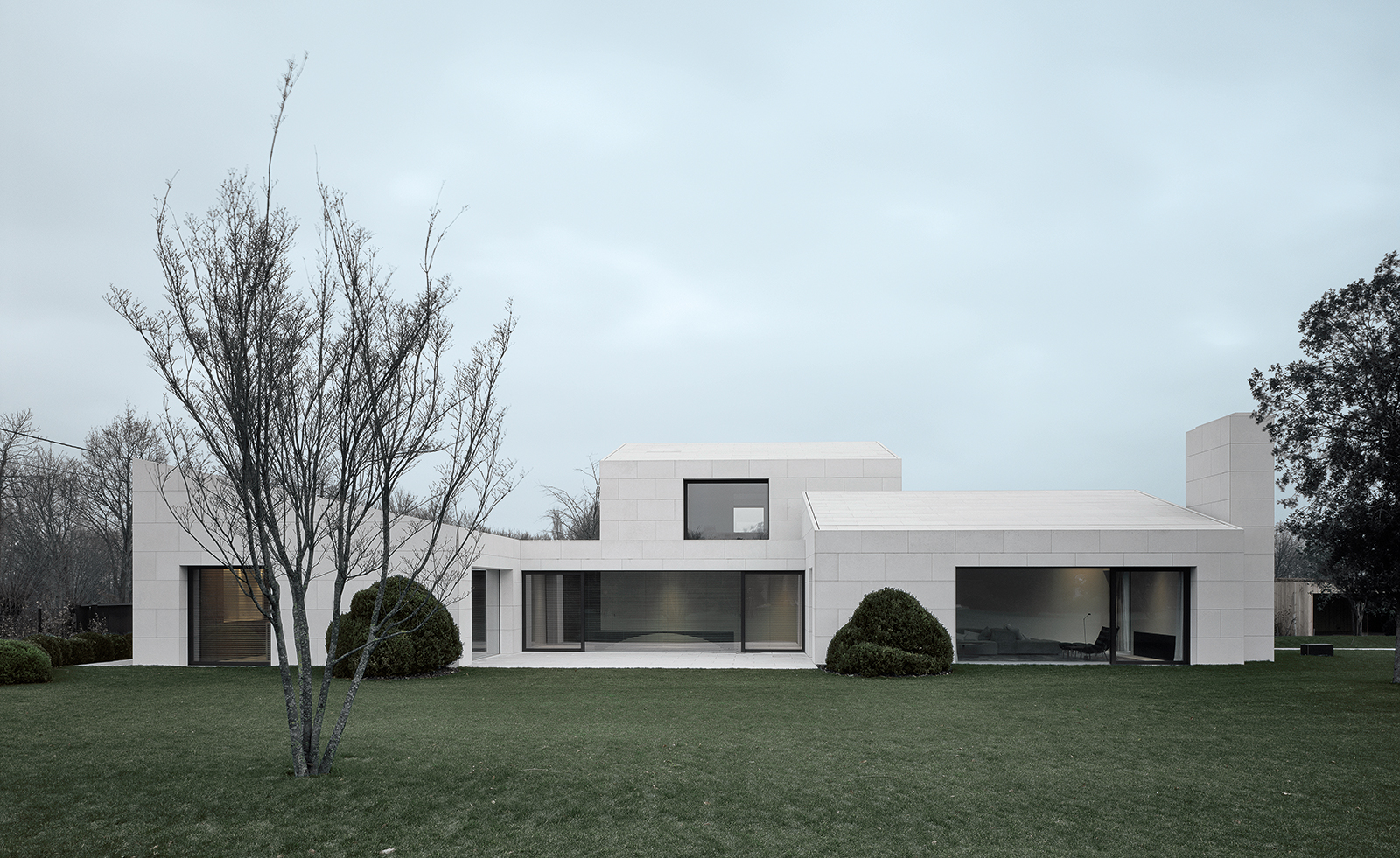
A drive through the Flemish countryside makes a couple of things very clear. Firstly, the term ‘countryside’ is a bit of a stretch; rapid urbanisation in many formerly rural areas of Flanders has resulted in an increasing division of land into parcels. Secondly, despite the first-glance diversity in residential structures, a definite vernacular regularity soon becomes clear.
Colloquially called ‘fermette-style’, this is a traditional housing type that copies the features of farms past: there’s rusty brown brick, gable roofs laid with clay tiles, and stepped dormer windows. Within this distinctly Flemish context, Vincent Van Duysen’s most recently completed residential project manages both to surprise and feel oddly at home.
During the half-hour drive from Ghent to the small village where the house is located, the landscape morphs from bustling city to ribbon development, and finally into stretches of fields, farms and detached houses interspersed among cobblestone streets. In these picturesque environs, Van Duysen’s tectonic composition of natural white stone appears confidently, yet unobtrusively by the roadside, peeking over a relatively low sliding gate. Made up of various structural volumes, the residence is modernist in its monolithic nature. There’s no visual distinction between the outer walls and the roofs, and there’s no unnecessary ornamentation, either inside or out. In all its simplicity, the residence complements and enhances the flatness of the landscape around it.

The house is clad in Gradina limestone from Istria, Croatia, which has been brushed and sand-blasted
‘It’s not a bombastic design; it’s not overly vertical,’ explains Van Duysen. ‘The clients spend a lot of time abroad and travel widely. They came to us asking for a home that’s not typically Belgian, but rather closer in feel to the far-flung destinations they frequent.’ In consultation with the client, Van Duysen settled on a white tone of natural stone for the cladding, and decided to use the roofs’ subtle pitch as a playful reference to the Flemish countryside’s traditional gabled versions.
‘With life’s natural rhythms in mind, we’ve positioned large parts toward the west and placed apertures to face the expansive rural garden,’ he says. Van Duysen’s design also had to accommodate local building regulations that prescribe pitch. ‘In Belgium, a single roof with a 45-degree angle is very typical. We chose to interpret this loosely; the volumes are not symmetrical, which leads to the views outside and the inside axes becoming more interesting.’
As a result, the residence feels airy – a perfect place for rest. When it comes to the interior, that tranquil feel is maintained through the architect’s signature minimal aesthetic. ‘The owners don’t have the need to fill their walls with art,’ says Van Duysen. ‘They prefer a harmonious blank canvas inside as well as out.’
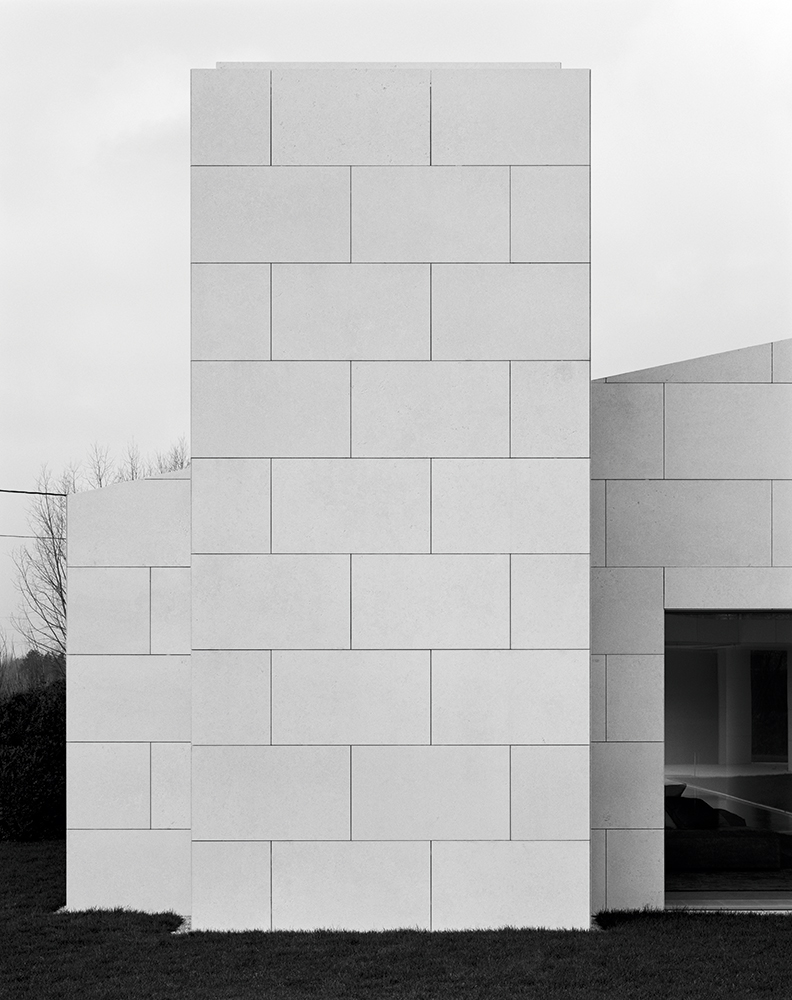
Interestingly, the residence does not have a traditional circulation plan; there’s a lack of hallways. Each spacious room flows straight into the next. Upon entering on the ground level, the kitchen and the office space are immediately to the right, the living room to the left. Apart from a low-slung, sand-coloured Living Divani sofa and a mossy green Martin Eisler chair, the home largely features sparsely placed custom-made furniture by Van Duysen and his team.
Made of solid black walnut, these sculptural pieces are a tribute to George Nakashima, the innovative 20th-century Japanese-American furniture maker. ‘The craftsmanship of those pieces is of huge importance – they have a pristine finish,’ says Van Duysen.
On the upper level, the master bedroom with replace and a magnificent window can be reached through a sizeable anteroom, which functions as a walk-in closet and leads to the master bathroom. Like the rest of the project, a minimalist terrace – sheltered from the wind and also clad in natural stone – provides a calming effect. A water feature next to the living space leads towards a swimming pool and a natural stone-clad poolhouse, which has a kitchenette and shower. A garden pavilion a few steps away houses a large dining table and a collection of ne wines.
From this vantage point, the residence seems like a cubist apparition within the green grass around it, at once rational and real, and refreshingly novel. ‘Through the use of a limited range of natural materials, the house has a seamless feel,’ says Van Duysen. ‘It’s become a gentle and disarming home.’
As originally featured in the October 2019 issue of Wallpaper* (W*247)
INFORMATION
Receive our daily digest of inspiration, escapism and design stories from around the world direct to your inbox.
Siska Lyssens has contributed to Wallpaper* since 2014, covering design in all its forms – from interiors to architecture and fashion. Now living in the U.S. after spending almost a decade in London, the Belgian journalist puts her creative branding cap on for various clients when not contributing to Wallpaper* or T Magazine.
-
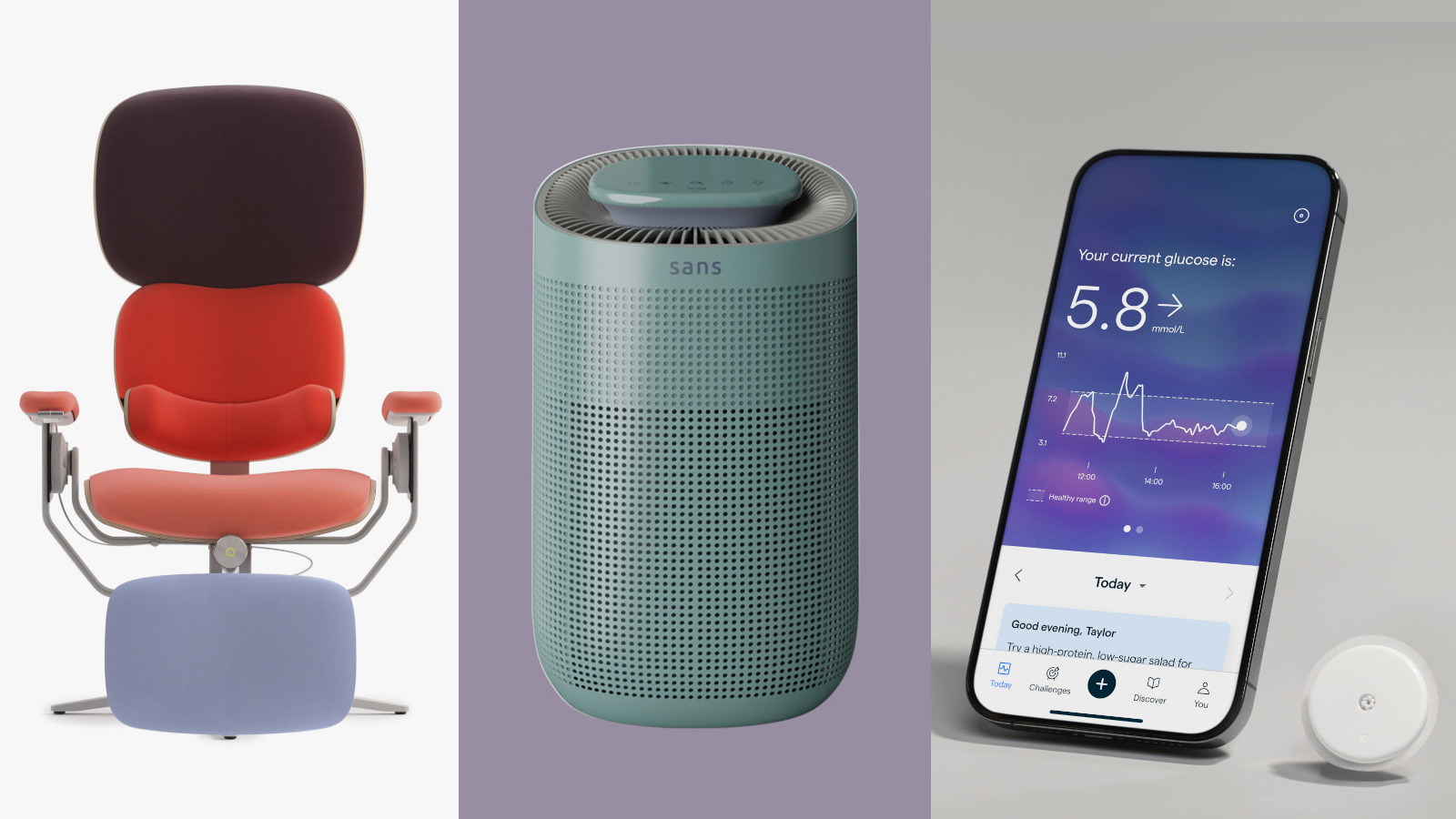 New tech dedicated to home health, personal wellness and mapping your metrics
New tech dedicated to home health, personal wellness and mapping your metricsWe round up the latest offerings in the smart health scene, from trackers for every conceivable metric from sugar to sleep, through to therapeutic furniture and ultra intelligent toothbrushes
-
 Out of office: The Wallpaper* editors’ picks of the week
Out of office: The Wallpaper* editors’ picks of the week'Tis the season for eating and drinking, and the Wallpaper* team embraced it wholeheartedly this week. Elsewhere: the best spot in Milan for clothing repairs and outdoor swimming in December
-
 How Stephen Burks Man Made is bringing the story of a centuries-old African textile to an entirely new audience
How Stephen Burks Man Made is bringing the story of a centuries-old African textile to an entirely new audienceAfter researching the time-honoured craft of Kuba cloth, designers Stephen Burks and Malika Leiper have teamed up with Italian company Alpi on a dynamic new product
-
 The Architecture Edit: Wallpaper’s houses of the month
The Architecture Edit: Wallpaper’s houses of the monthFrom wineries-turned-music studios to fire-resistant holiday homes, these are the properties that have most impressed the Wallpaper* editors this month
-
 How a former women’s community in Belgium became a model for adaptive reuse
How a former women’s community in Belgium became a model for adaptive reuseA Hasselt beguinage, transformed to the 21st century through smart adaptive reuse by London-based architect David Kohn and Antwerp's Dirk Somers, makes for a fitting home for the city's Interior Architecture university programme
-
 This modernist home, designed by a disciple of Le Corbusier, is on the market
This modernist home, designed by a disciple of Le Corbusier, is on the marketAndré Wogenscky was a long-time collaborator and chief assistant of Le Corbusier; he built this home, a case study for post-war modernism, in 1957
-
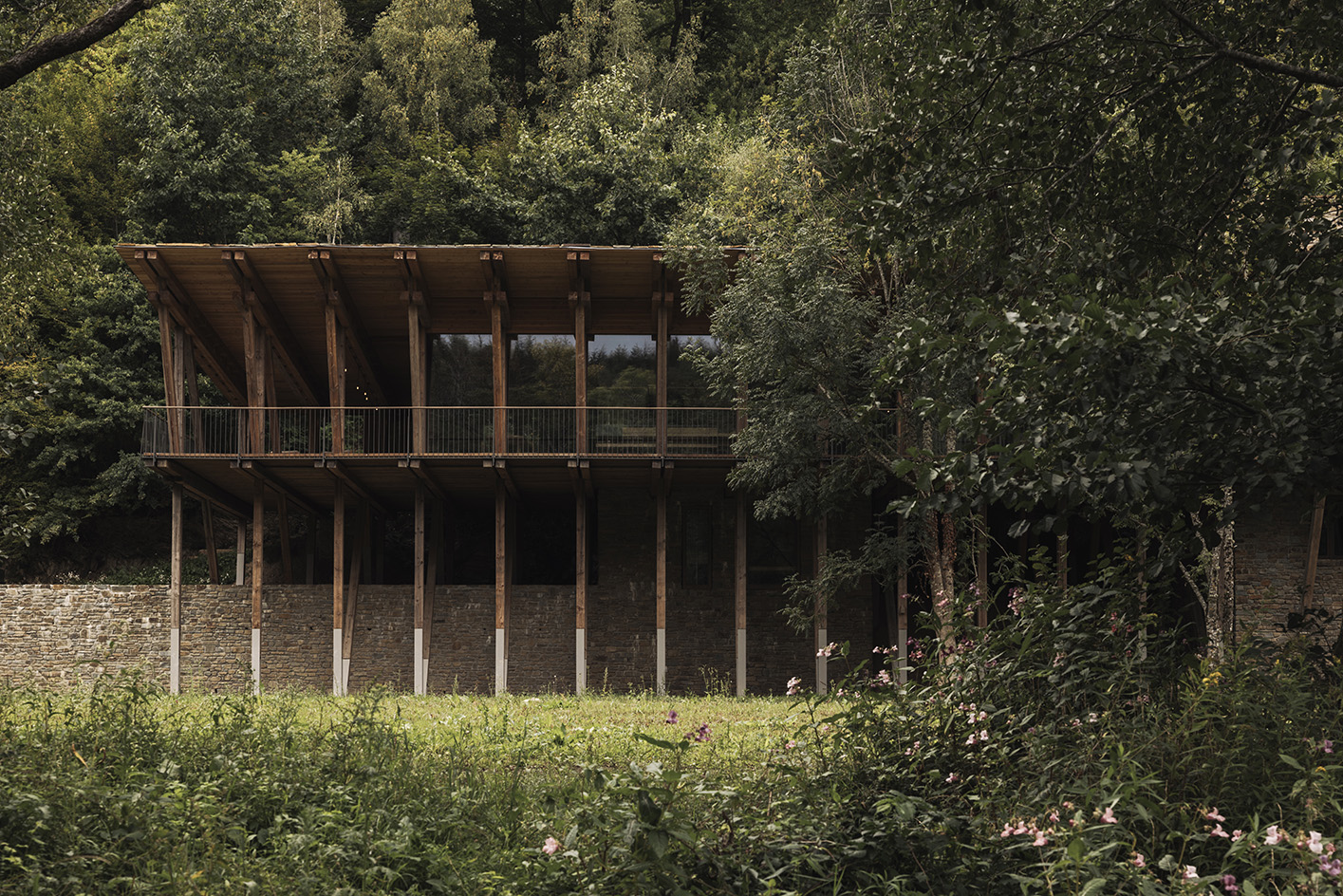 Woodstock House reinterprets modernist legacy through 21st-century sustainability
Woodstock House reinterprets modernist legacy through 21st-century sustainabilityLocally sourced materials and high design ambition merge in the newest residential work by Belgium’s BC Architects & Studies & Materials
-
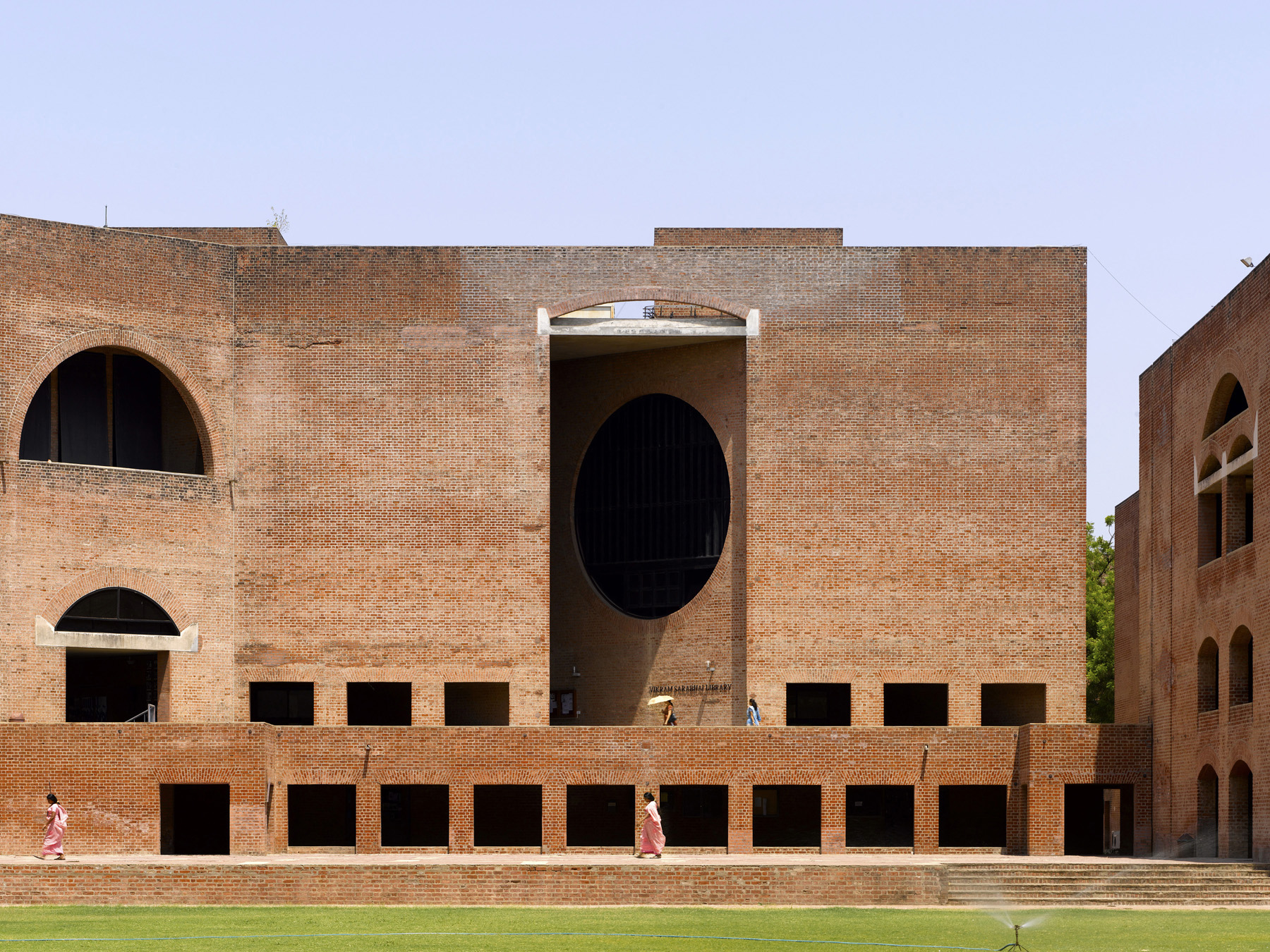 Louis Kahn, the modernist architect and the man behind the myth
Louis Kahn, the modernist architect and the man behind the mythWe chart the life and work of Louis Kahn, one of the 20th century’s most prominent modernists and a revered professional; yet his personal life meant he was also an architectural enigma
-
 The Architecture Edit: Wallpaper’s houses of the month
The Architecture Edit: Wallpaper’s houses of the monthFrom Malibu beach pads to cosy cabins blanketed in snow, Wallpaper* has featured some incredible homes this month. We profile our favourites below
-
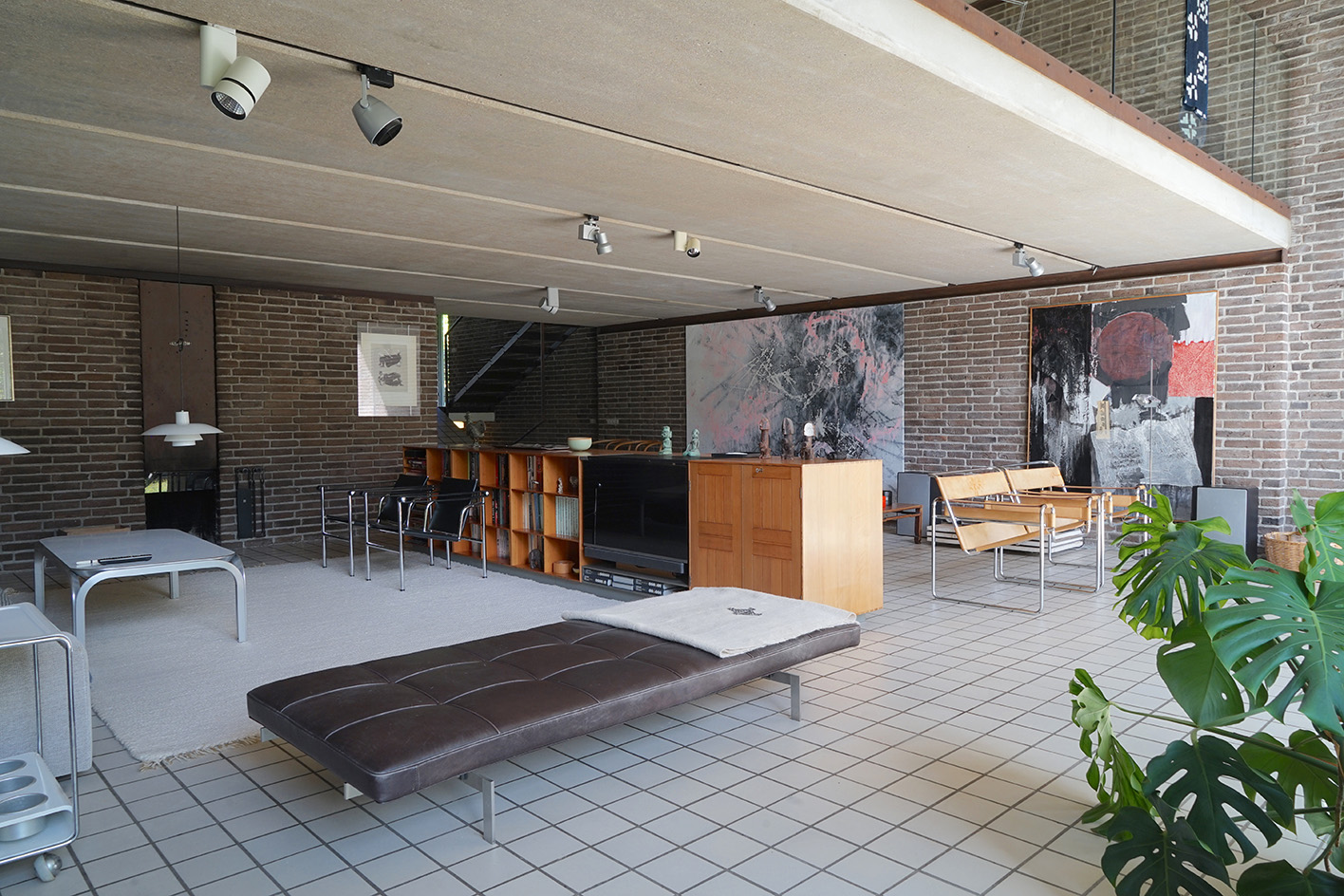 Three lesser-known Danish modernist houses track the country’s 20th-century architecture
Three lesser-known Danish modernist houses track the country’s 20th-century architectureWe visit three Danish modernist houses with writer, curator and architecture historian Adam Štěch, a delve into lower-profile examples of the country’s rich 20th-century legacy
-
 The Architecture Edit: Wallpaper’s houses of the month
The Architecture Edit: Wallpaper’s houses of the monthThis September, Wallpaper highlighted a striking mix of architecture – from iconic modernist homes newly up for sale to the dramatic transformation of a crumbling Scottish cottage. These are the projects that caught our eye